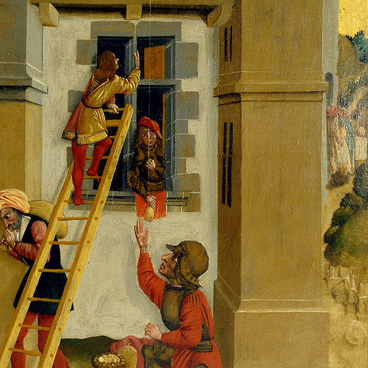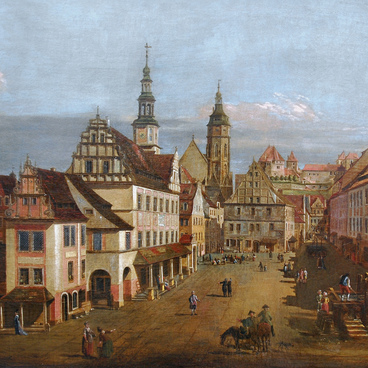The formation of art schools was associated with the growth and strengthening of European states. The leading artistic powers of the 17th century were Italy, Spain, Flanders, Holland, and France.
The Dutch revolution of the 16th century led to the division of the Netherlands into two states — the Northern and Southern provinces, and at the turn of the 17th century, Dutch art finally broke up into two schools — the Flemish school and the Dutch one. In the 17th century, both of them reached their peak. As a result of the bourgeois revolution, the northern provinces of the Netherlands gained independence from Spanish rule and formed the Dutch Republic, which experienced a rapid economic recovery in the 17th century and became one of the most important centers of European culture.
Dutch painting occupies a special place in the collection of Western European art of the Primorye Art Gallery. Dutch art is represented by almost all genres: still life, portrait, battle and everyday scenes, animalistic and landscape paintings. Dutch art of this period is distinguished by its vivid realism, and the desire of artists to convey the unique flavor of the life of their people, who created the world’s first bourgeois state.
The Primorye Art Gallery houses a landscape “Robbery” by Frederik de Moucheron, an artist of the Golden Age of Dutch painting. Frederik de Moucheron (also known as Frederik de Moucheron Sr.) was born in Emden in 1633. He was a student of Jan Asselijn in Amsterdam, and completed his studies in Paris, where he lived and worked for several years. Then he returned to Amsterdam. His sons Isaac and Frederik de Moucheron Jr. also became landscape painters.
The figures of people and animals in Moucheron’s paintings were usually made by other artists, such as Adriaen van de Velde, Johannes Lingelbach, and Nicolaes Berchem.
The landscape “Robbery” from the gallery’s collection is characteristic of Moucheron’s work, usually depicting a mountainous terrain, and spectacularly illuminated clouds, with the overall palette of his paintings tending to be made of brown-green hues.
The Dutch revolution of the 16th century led to the division of the Netherlands into two states — the Northern and Southern provinces, and at the turn of the 17th century, Dutch art finally broke up into two schools — the Flemish school and the Dutch one. In the 17th century, both of them reached their peak. As a result of the bourgeois revolution, the northern provinces of the Netherlands gained independence from Spanish rule and formed the Dutch Republic, which experienced a rapid economic recovery in the 17th century and became one of the most important centers of European culture.
Dutch painting occupies a special place in the collection of Western European art of the Primorye Art Gallery. Dutch art is represented by almost all genres: still life, portrait, battle and everyday scenes, animalistic and landscape paintings. Dutch art of this period is distinguished by its vivid realism, and the desire of artists to convey the unique flavor of the life of their people, who created the world’s first bourgeois state.
The Primorye Art Gallery houses a landscape “Robbery” by Frederik de Moucheron, an artist of the Golden Age of Dutch painting. Frederik de Moucheron (also known as Frederik de Moucheron Sr.) was born in Emden in 1633. He was a student of Jan Asselijn in Amsterdam, and completed his studies in Paris, where he lived and worked for several years. Then he returned to Amsterdam. His sons Isaac and Frederik de Moucheron Jr. also became landscape painters.
The figures of people and animals in Moucheron’s paintings were usually made by other artists, such as Adriaen van de Velde, Johannes Lingelbach, and Nicolaes Berchem.
The landscape “Robbery” from the gallery’s collection is characteristic of Moucheron’s work, usually depicting a mountainous terrain, and spectacularly illuminated clouds, with the overall palette of his paintings tending to be made of brown-green hues.


